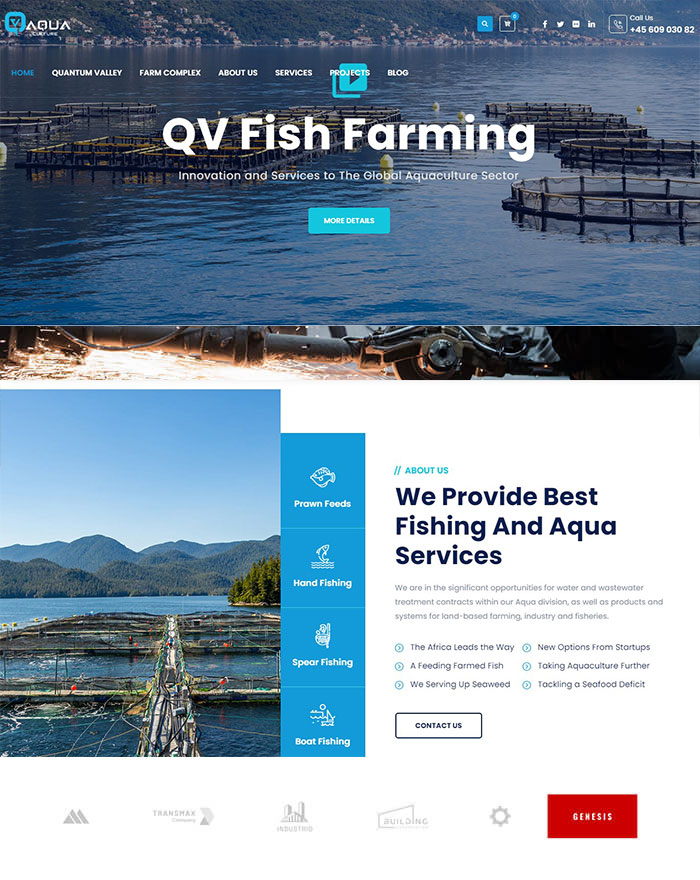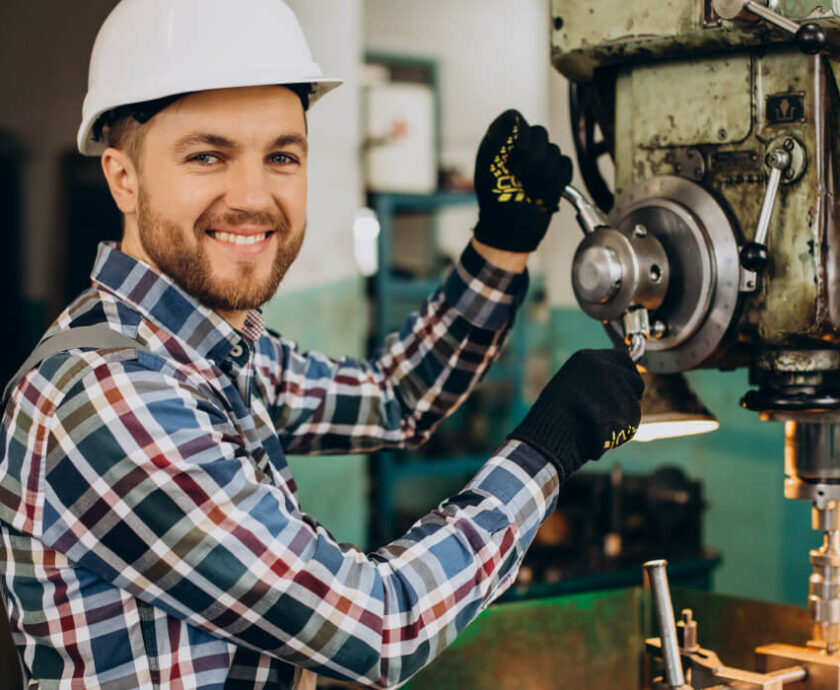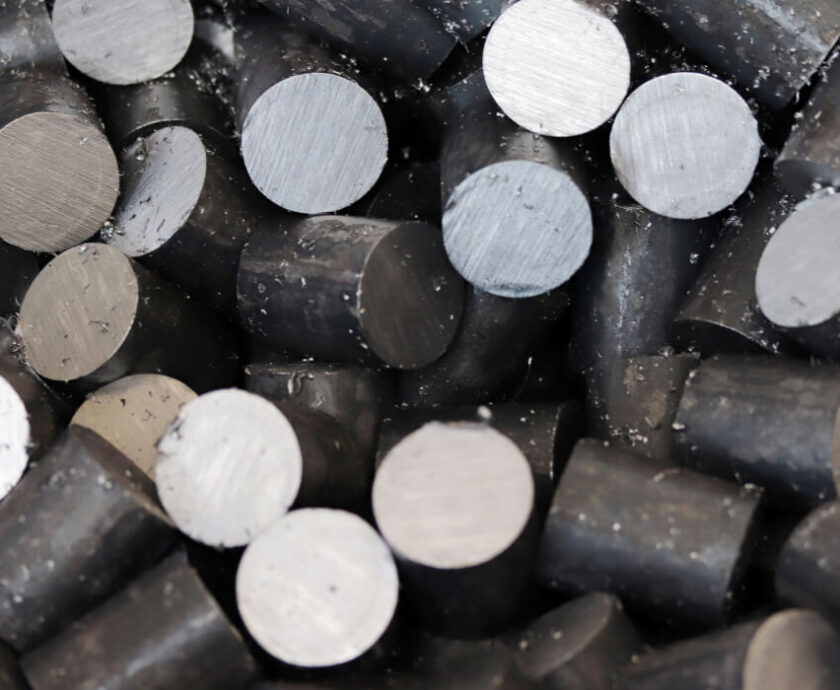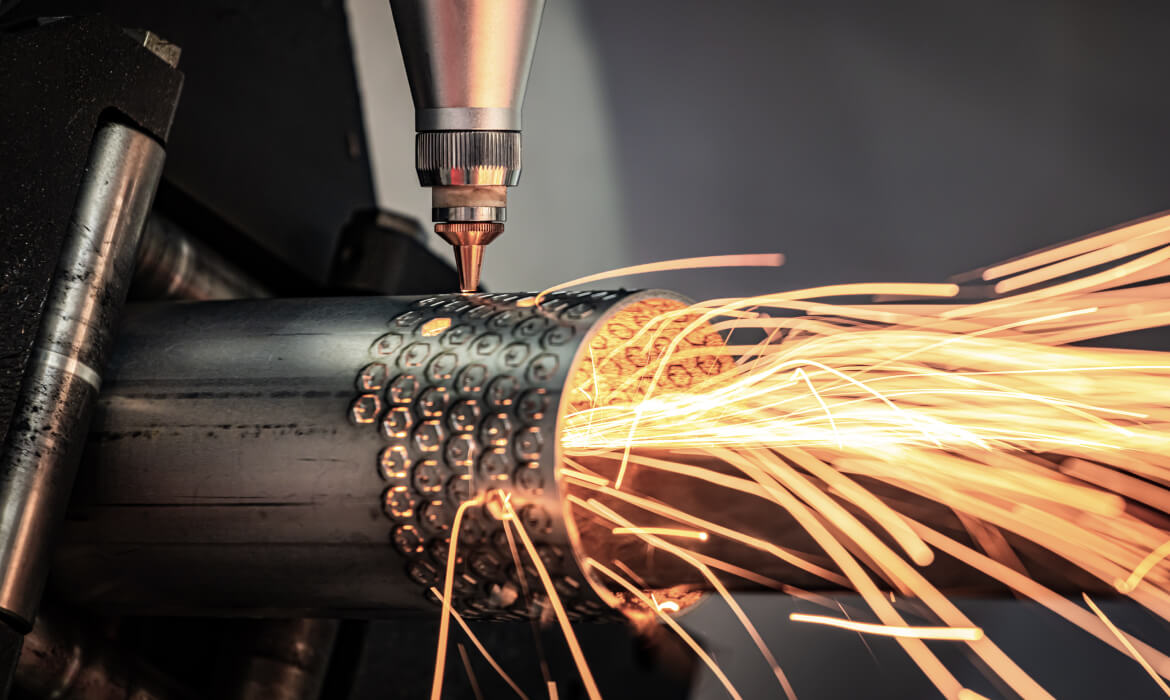
THE ROLE OF ROBOTICS AND COBOTICS IN MANUFACTURING
Cowder coating is a popular industrial finish that can be used to coat a variety of materials, including metals, plastics, and ceramics. It provides a strong finish that can last for years without deteriorating and will outlast the majority of other finishes. Powder coating typically works by applying the dry powder onto an item using an electric charge. This charge keeps the powder coat as tight as possible to the exterior. Once applied, the powder coating is then melted and bonded to the metal surface by heat and pressure, creating a durable finish.
The powder itself will contain resin and pigments for coloring, as well as other potential additives that help to reach the desired levels of thickness, hardness or shine. The process used to make the powder coating stick to the surface starts by pushing the powder through a spray gun with compressed air. The tip of the spray gun is equipped with an electrode that will provide an electrostatic charge to the powder, allowing for the particles to stick closer to the surface than they would if applied using a traditional method. This charge will keep the coatings tightly bound to the exterior of the item once sprayed on. Next the part will be placed in the curing oven. Once there, the powder coating will melt and combine as the temperature reaches a heat point between 350 and 400 degrees Fahrenheit. The heat point may vary depending on the specific form of coatings used. The length of the curing process is between 10-20 minutes and will depend.
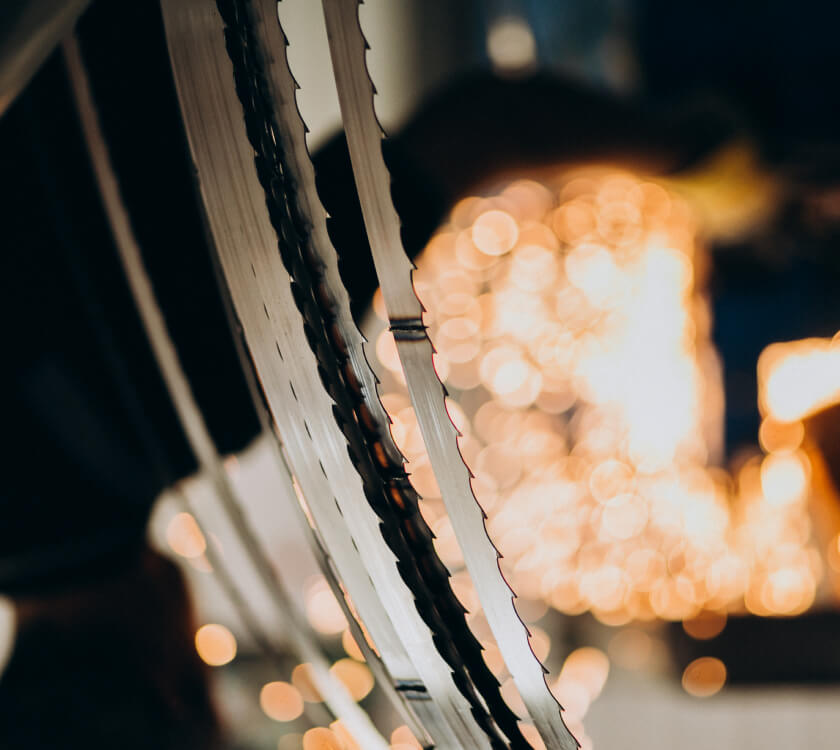
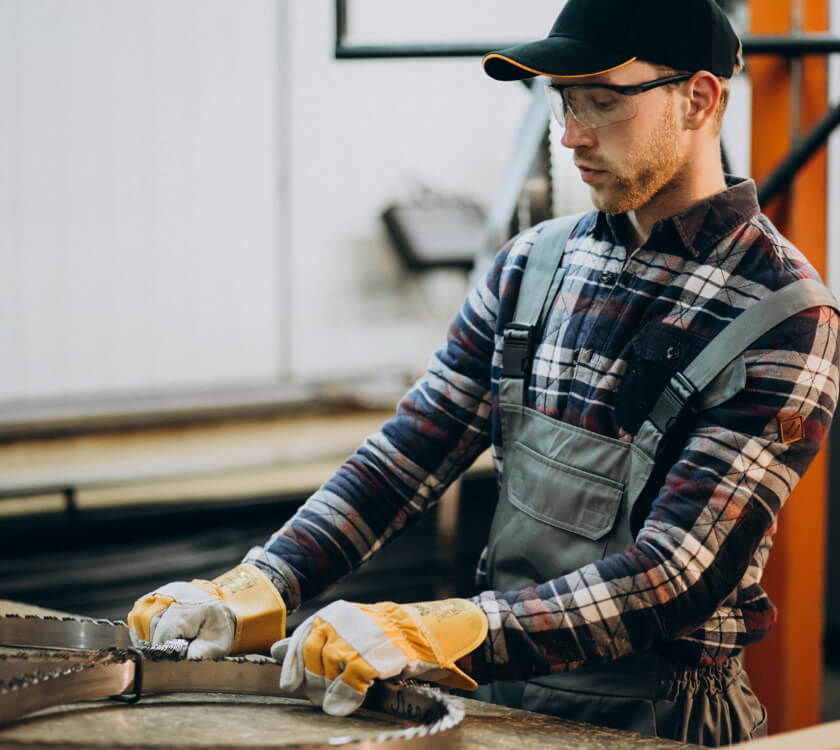
WHEN IS IT USED?
Powder coated parts are used extensively in both the automotive and appliance industry. Powder coatings can resist corrosion and rust, providing a longer life for the product. Parts that are powder coated can also be more easily cleaned than those with a standard finish. It is a useful finish for products that will be exposed to a harsh outdoor environment. The added resistance to rust and corrosion that is provided by powder coatings allow the surfaces of steel beams, appliances, outdoor furniture, and similarly exposed material to stay clean and protected for much longer. There is a wide range of reasons as to why using powder coating may be the right option for the material you are looking to cover.
Because the coating is sealed onto the substrate with its electrostatic charge, the coating is held much tighter to the substrate. This means the likelihood of any potentially harmful moisture or air getting between the coating and the surface and causing rust or corrosion is minimal. The additional resistance powder coated steel has to rusting and corrosion means there is little to no maintenance required after the coating is applied.
“We have been working with molybdenum, tungsten, tantalum, and niobium for more than 100 years. These metals are not always that easy.”BILLI REUSS
Powder coats are higher on the hardness scale than conventional liquid paints are, meaning it can act as an extra protective layer that is less likely to chip or crack than other finishes. Though powder coating can help the metal or substrate to withstand additional pressure, it is still possible for it to receive a dent or ding. Powder coating is not completely resistant to physical damage, rust, or corrosion as is commonly stated. However a powder coated surface has a much lower chance of being harmed and will typically last much longer than other coatings.



